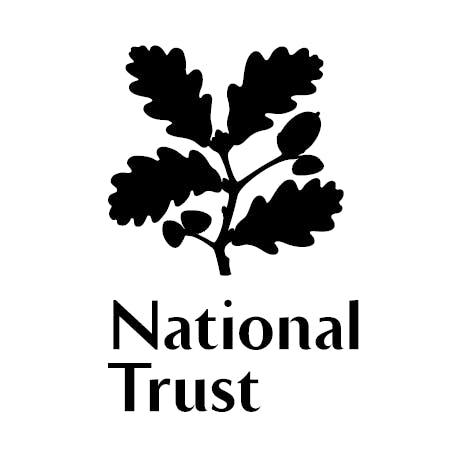Success stories – grasslands
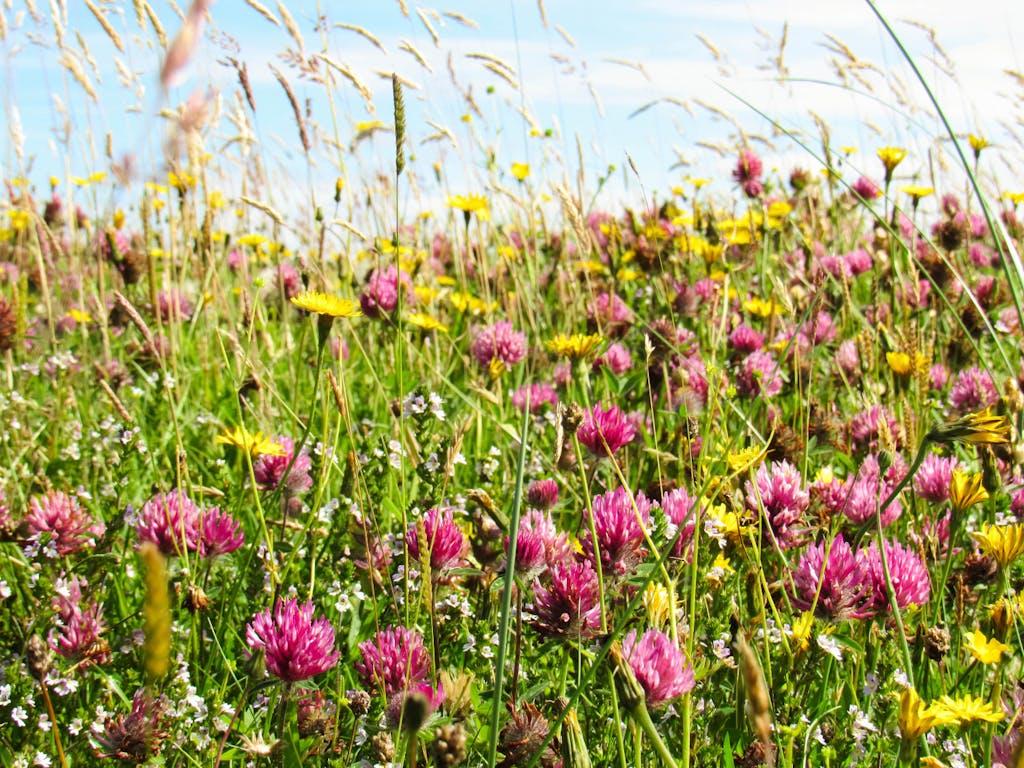

Species preservation and nature-friendly farming in the Western Isles, Scotland
Machair is a rare coastal grassland famous for wildflowers during the summer months. It forms on calcium-rich shell-sand soils, and is maintained by traditional, low-impact croft farming; 80% of the world’s machair can be found in Scotland, with the remainder located on the western shores of Ireland.
Some of the best machair in Scotland is on the isle of Tiree, where it’s home to countless breeding waders and insects including the rare great yellow bumblebee. Here, conservation of this threatened bee is a community effort.
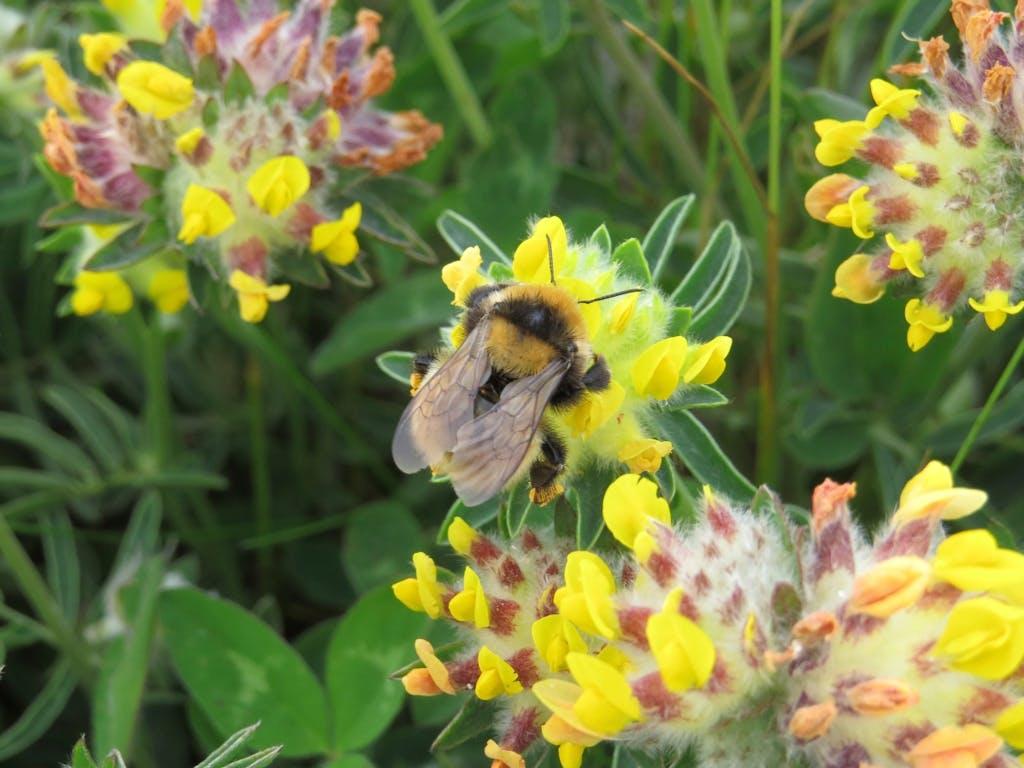

On Tiree, through planting a network of bee-friendly flowers as well as careful monitoring between 2014–2018, a team of island volunteers, supported by RSPB staff, helped boost great yellow bumblebee numbers from 20 to 370 in just four years – an incredible example of people power at work!
The RSPB manages several machair reserves across the Western Isles of Scotland, working with communities to support their traditional, low-intensity crofting methods. This includes providing early cover on suitable breeding areas for wading and farmland birds. Machair supports an outstanding variety of wildlife, which is why it’s so important we preserve what’s left.
The people of Tiree worked together to save a bee from local extinction. Never think that you can’t make a difference.
Watch the video to see Scotland’s rarest bee found on Isle of Tiree.
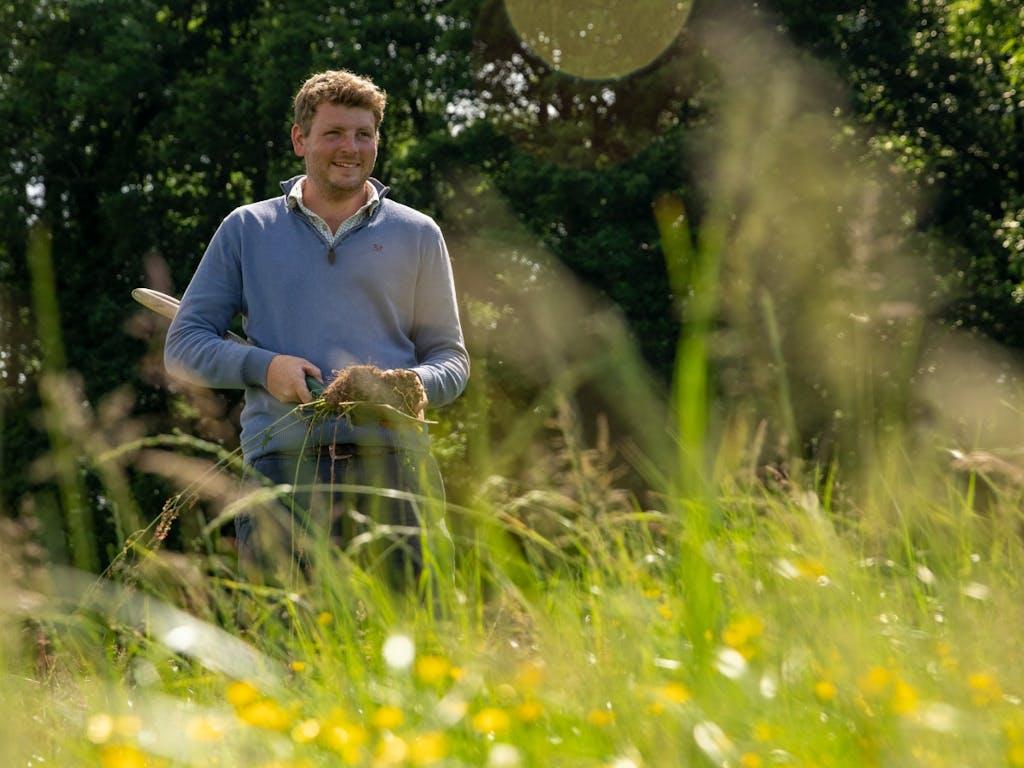

Wildflower meadow restoration, Rivers Wye and Usk
Wildflower meadows are crucial to biodiversity, allowing bees, butterflies and other species to thrive. On a single day in summer, one acre of wildflower meadow can contain 3 million flowers, which can support nearly 96,000 honeybees! But we’ve lost 97% of our lowland wildflower meadows since the 1930s, drastically reducing these essential habitats.
With ambitious plans to restore 20 million square feet of wildflower meadows in the UK by 2024, WWF is partnering with Air Wick to connect people with nature. Through this partnership, we are creating brand-new meadows with seeds collected from local species-rich sites, as well as improving the conservation and management of existing meadows.
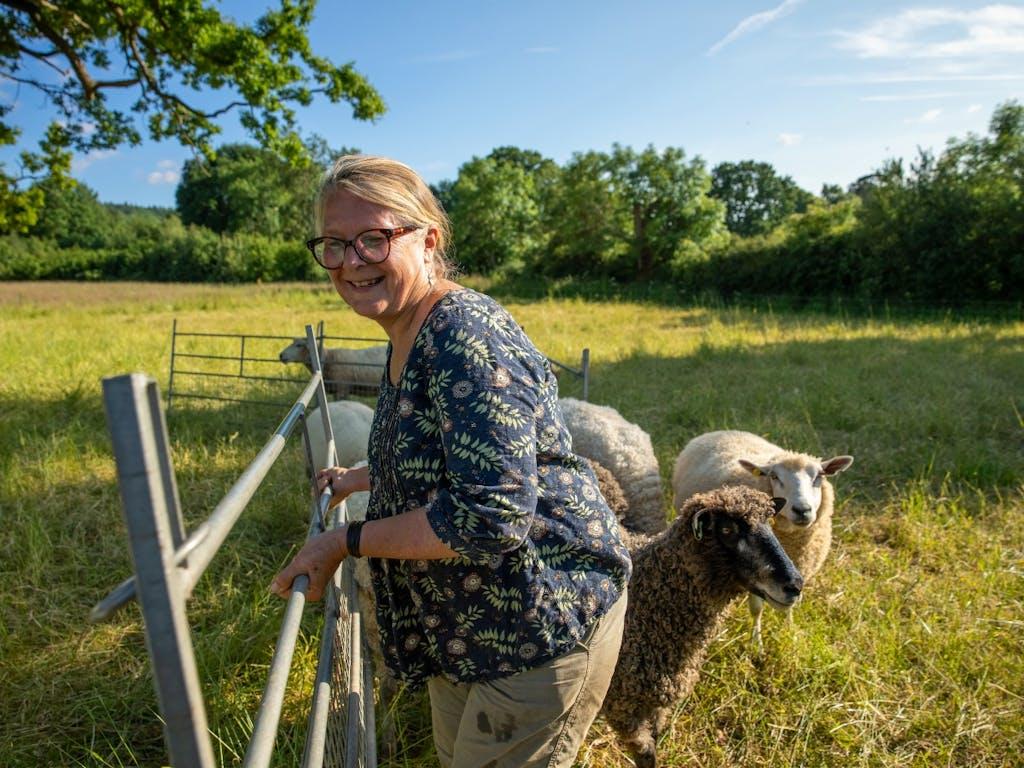

In the Wye and Usk river catchment areas, we are working with local communities, the Wye and Usk Foundation and Herefordshire Meadows to explore potential sites for restoration, support landowners restoring meadows and encourage more sensitive land management. By March 2023, we have helped to restore almost 27 hectares (2.9 million square feet) of meadows on farmland.
This work is also important in the fight against climate change. Not only do wildflower meadows store as much carbon as woodlands but because of their complex root systems that stabilise soils, they also help to reduce flooding by holding back and absorbing heavy rainfall.
“[…I] feel personally that I need to do as much as I can do to help and if I can make grasslands more diverse, make meadows, which help pollinators and all sorts of other wildlife benefits… then I have to do that because that will be my part”
Kath Killick, shepherd and maintainer of wildflower meadows through her flying flock of sheep
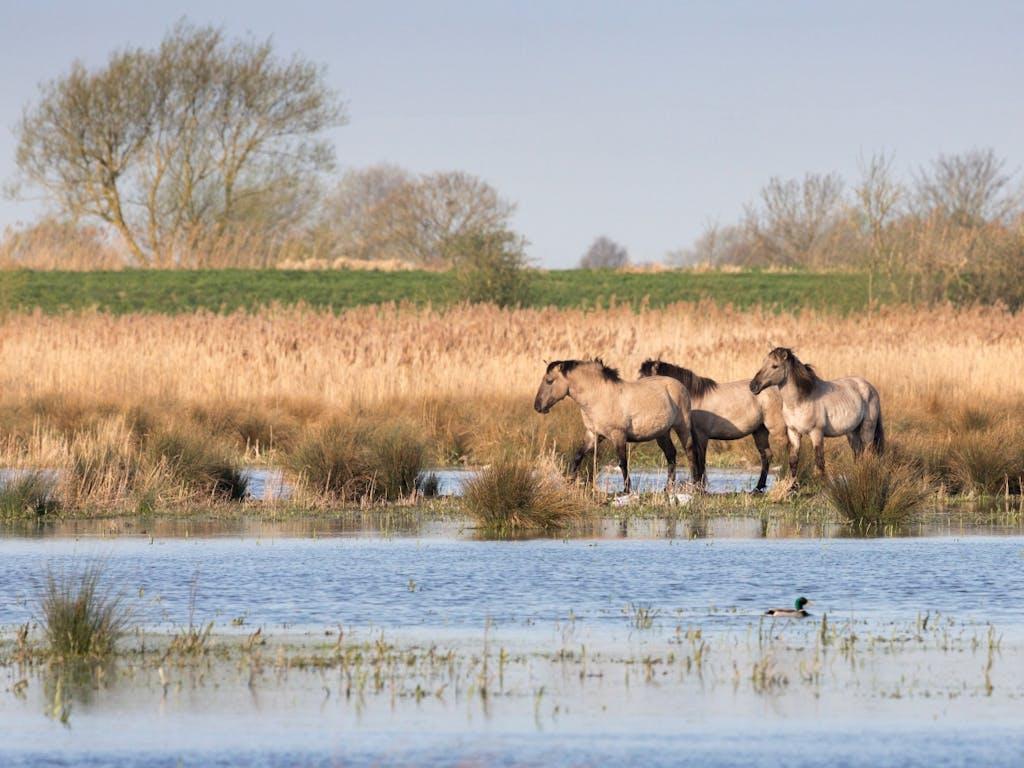

Conservation grazing in Wicken Fen, Cambridge
Wicken Fen is the National Trust’s oldest nature reserve and one of Europe’s most important wetlands. It covers around 800 hectares (2,000 acres) and is home to more than 9,000 species including an amazing variety of plants, birds and dragonflies.
At Wicken Fen National Nature Reserve, the National Trust is managing the landscape sustainably as part of an ambitious 100-year project, the Wicken Fen Vision. A key element is the introduction of more naturalistic approaches to managing the site with help from Konik ponies and Highland cattle, which thrive on the fen and live out in the landscape year-round.
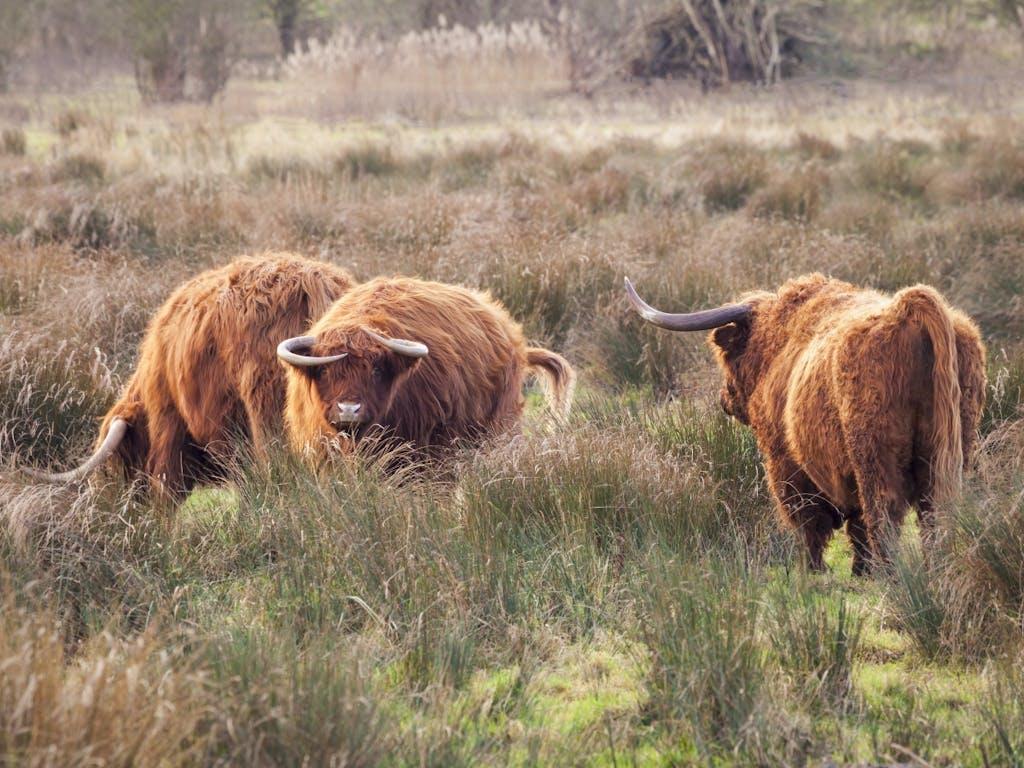

At Wicken Fen, through grazing, these animals introduce a range of habitats. The ponies snip off selected plants with their incisors, creating a mosaic of cropped lawns, while the cattle make tussocks by pulling or tearing at the vegetation. They also create well-trodden paths, dusty hollows where they roll, hoofprints which can fill with water, and piles of dung.
All this attracts and supports a wide variety of wildlife such as cuckoos, hen harriers, short-eared owls, dragonflies, water voles and rare orchids. It also keeps the landscape open and helps wetland and grassland plants to become established.
“This allows different types of vegetation to thrive and increases the diversity and complexity of habitats available to a wide range of species, from tiny dung beetles to mammals and birds like badgers and bitterns”
Carol Laidlaw, National Trust ranger










